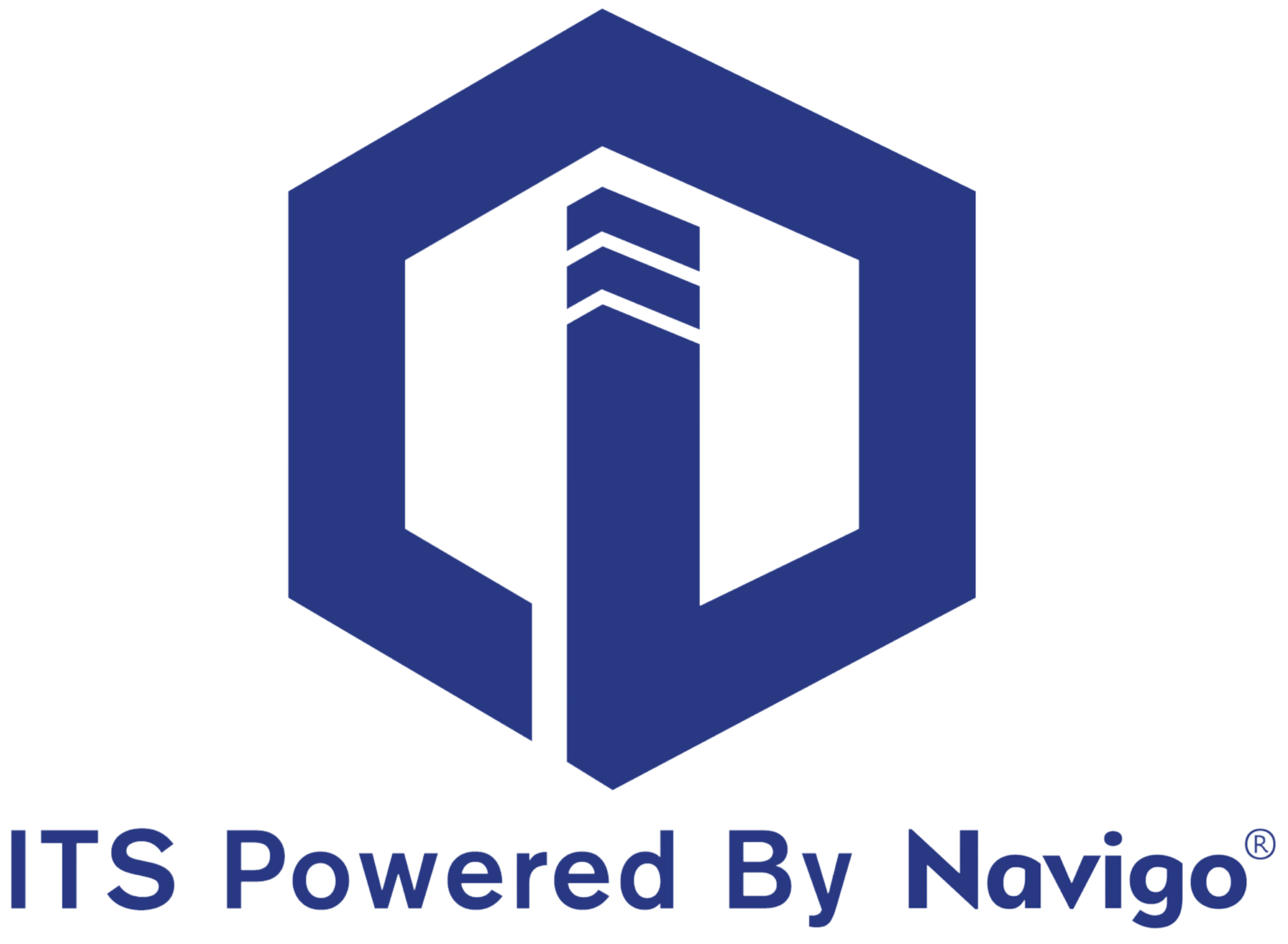Headquarters
7150 Columbia Gateway Drive, Suite L, Columbia, MD 21046
New York Location
112 West 34th Street, 18th floor, Room 18025 New York, NY 10001

Proud member

The Power of Real-Time Digital Signage
2 minute read | Updated July 10, 2024
It's a digital world and the role of signage has evolved dramatically. Traditional static signs are giving way to dynamic digital signage systems that offer information in an interactive and engaging way to create a unique experience. Whether in commercial buildings, residential complexes, or the doctors office, digital signage has become a powerful tool for communication, wayfinding, and virtual service delivery.
Enhancing User Experience
Digital signage, in any space, significantly enhances user experience by providing:
Interactive Information: Unlike static signs, digital signage can display dynamic content that can be updated in real-time. This capability is invaluable for displaying tenant directories, event schedules, and emergency notifications promptly and effectively.
Wayfinding and Navigation: One of the most practical uses of digital signage is in wayfinding. Interactive maps and directions can guide visitors through complex buildings or large areas, reducing confusion and improving accessibility.
Multilingual Support: In multicultural environments, digital signage can display information in multiple languages, ensuring that all visitors can easily access relevant information without language barriers.
Local Information and Services: By integrating local transit schedules, nearby amenities, weather updates, and travel times, digital signage becomes a hub of valuable local information. Visitors can plan their activities efficiently and stay informed about their surroundings.
Leveraging QR Codes for Accessibility
Digital signage often incorporates QR codes to enhance accessibility and provide additional resources:
QR Codes for Direct Access: By scanning a QR code displayed on the screen, users can instantly access detailed information, make reservations, or even receive personalized messages or offers directly on their smartphones.
Integration with Mobile Devices: QR codes bridge the gap between digital signage and personal devices, allowing users to interact seamlessly with the displayed content and access deeper layers of information or services.
Applications Across Different Settings
The versatility of digital signage makes it applicable across various settings:
Commercial Properties: In shopping malls and office buildings, digital signage can promote businesses, display promotions, and facilitate navigation through interactive maps.
Residential Complexes: Digital screens in apartment buildings can relay maintenance alerts, community announcements, and local service information to residents.
Public Spaces: Parks, transportation hubs, and government buildings can use digital signage to provide timely updates, event information, and emergency alerts to the public.
Future Trends and Adaptability
Looking forward, the evolution of digital signage is poised to further enhance user engagement through:
AI Integration: Artificial intelligence can personalize content based on user demographics and behavior, making interactions more relevant and engaging.
IoT Connectivity: Integration with Internet of Things (IoT) devices can enable real-time data updates and automated responses to changing conditions.
Data Analytics: Gathering insights from user interactions with digital signage can provide valuable data for property managers to optimize content and improve user satisfaction.
The Key Takeaway
Digital signage is not merely about displaying information but transforming how people interact with physical spaces. Its ability to provide dynamic, interactive, and contextually relevant information makes it indispensable in modern properties. As technology continues to evolve, so too will the capabilities and applications of digital signage, further enriching user experiences and operational efficiencies in property management.
Explore itouchinc.com for more information on our solutions or contact us for needs unique to your property or project.
7150 Columbia Gateway Drive, Suite L, Columbia, MD 21046
112 West 34th Street, 18th floor, Room 18025 New York, NY 10001

Proud member
Toll-Free
Phone
© Copyright 2025 ITS, Inc. All rights reserved.
Stay in touch with the latest news and updates from ITS, Inc.
7150 Columbia Gateway Drive, Suite L
Columbia, MD 21046
112 West 34th Street, 18-025
New York, NY 10001